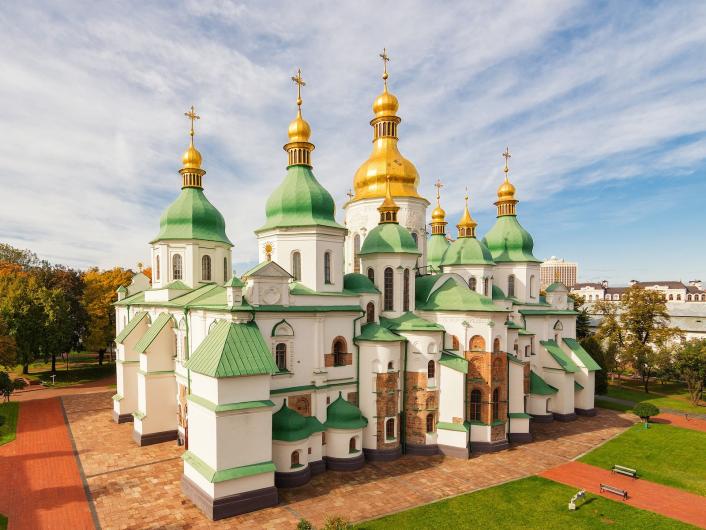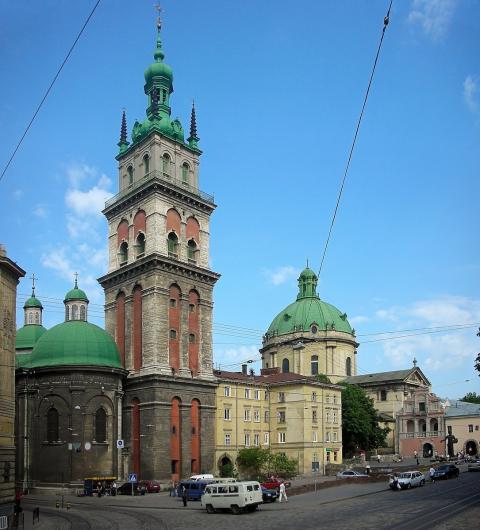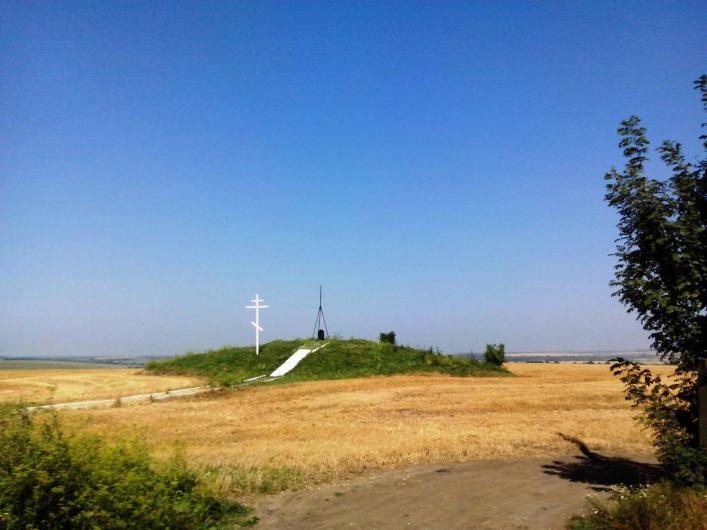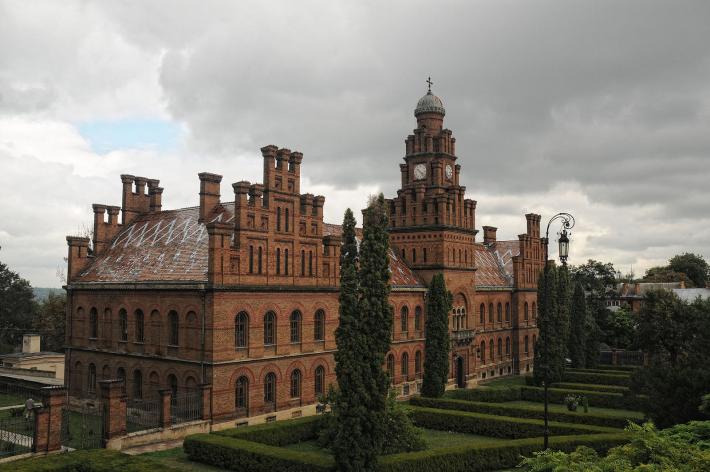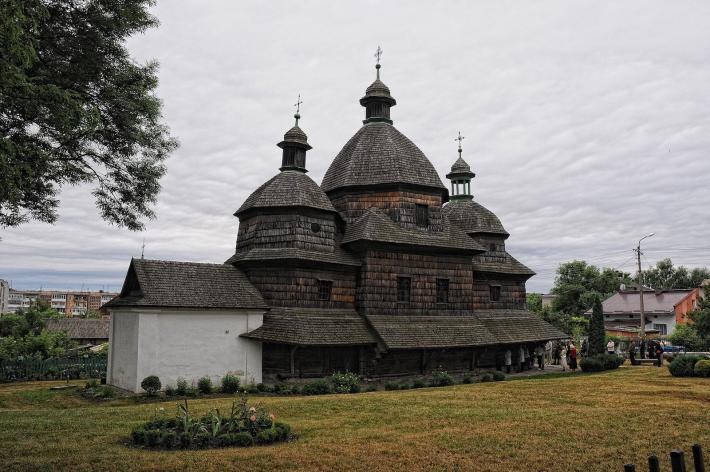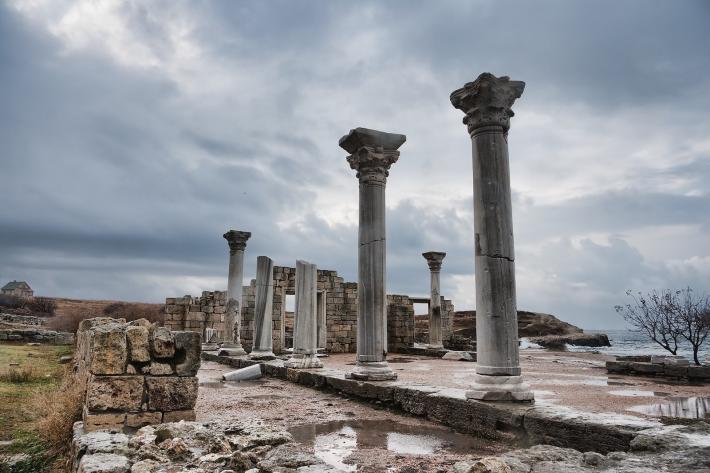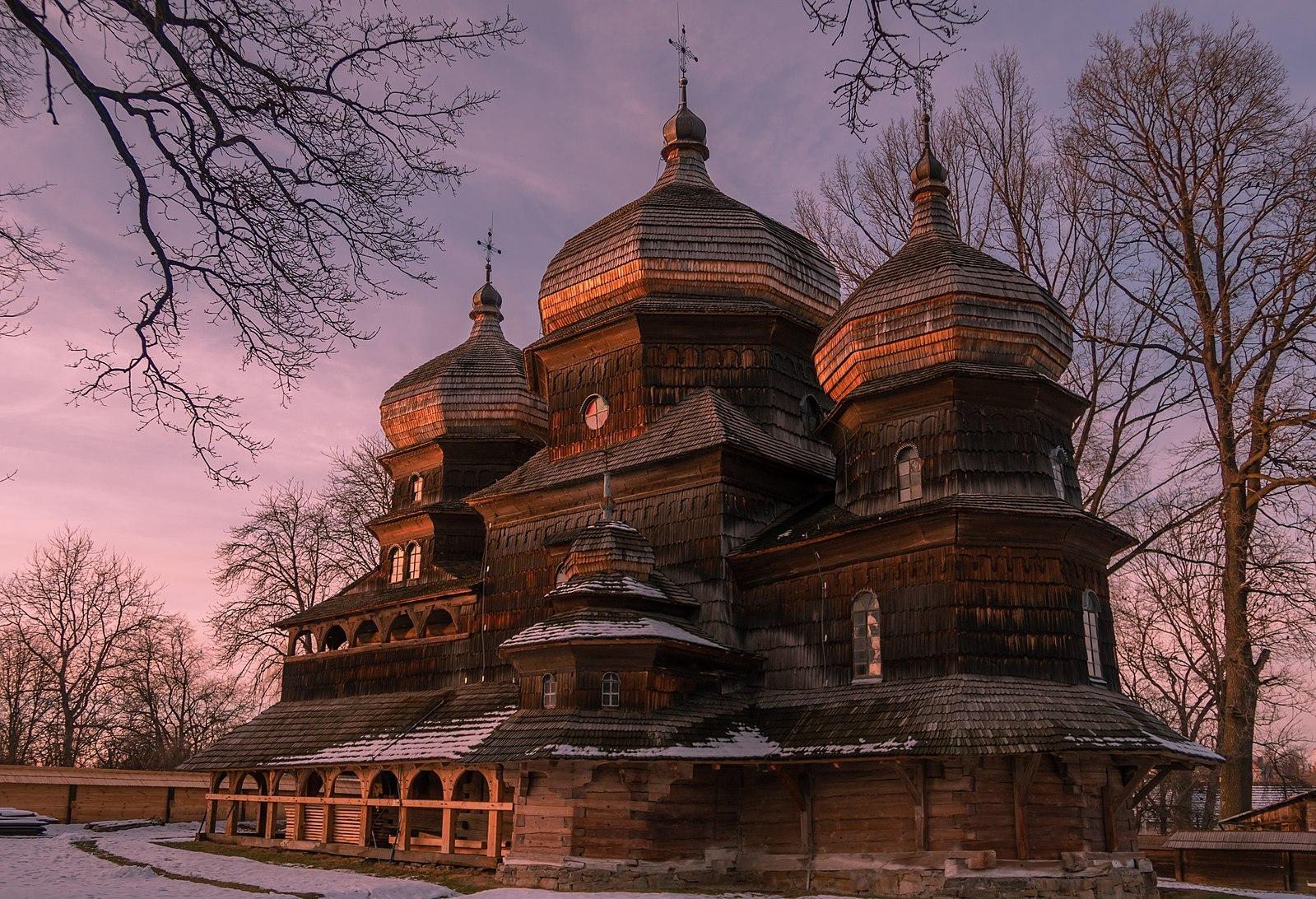
Courtesy Wikimedia Commons. Photo by Elena Kurylo.
St. George's Church, Drohobych, Lviv Oblast, Ukraine.
On February 18, President Biden stated that, should Putin commit to an invasion of Ukraine, Russia “will be responsible for a catastrophic and needless war of choice.” Since then, the invasion has begun and the world’s anxious focus on Ukraine has, understandably, reached new heights.
The country is home to more than 44 million people and seven UNESCO World Heritage sites: the Virgin Beech Forests of the Carpathians, a string of scientific monuments, and five stunning feats of architecture. Based on recent maps of reported explosions and Russian troop movements, it seems all of Ukraine is in imminent danger.




